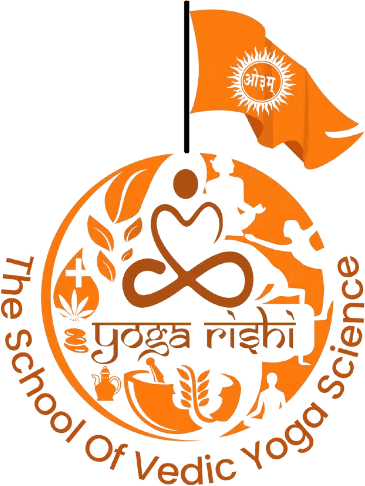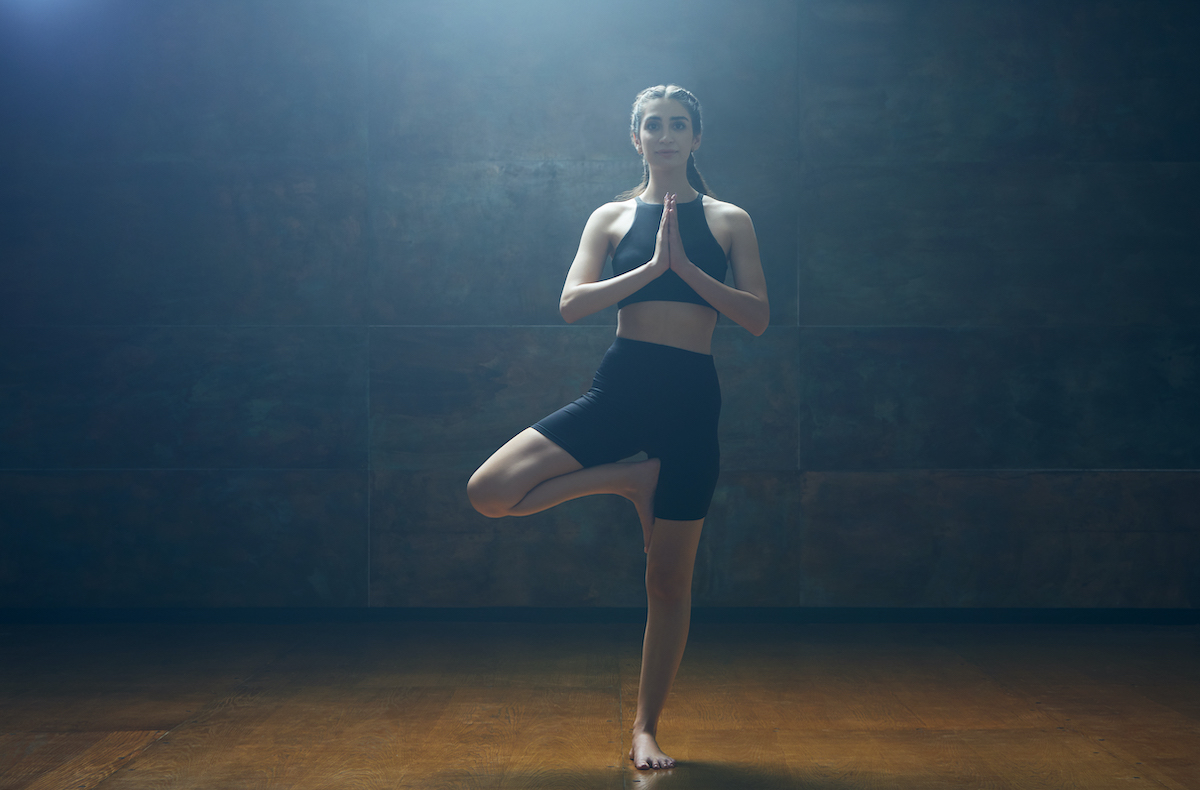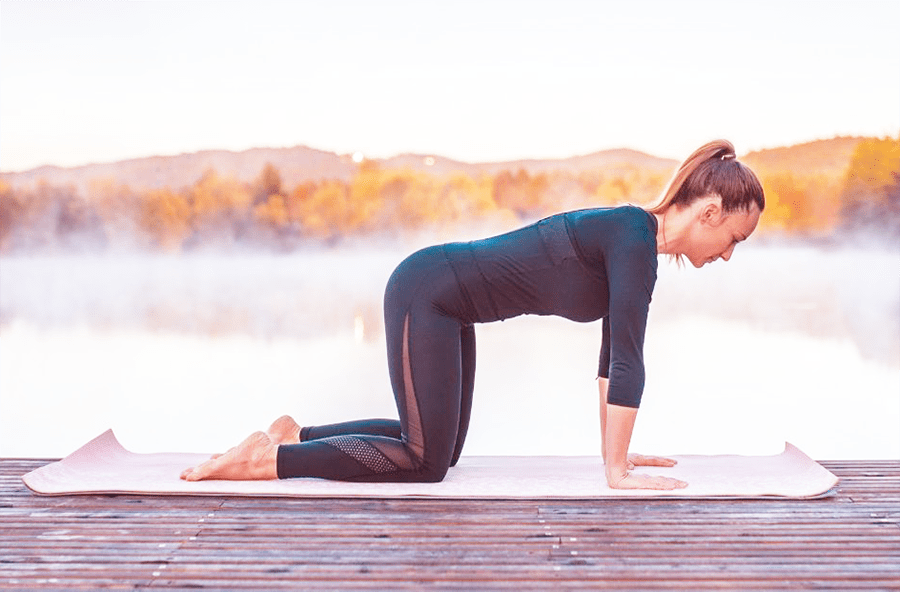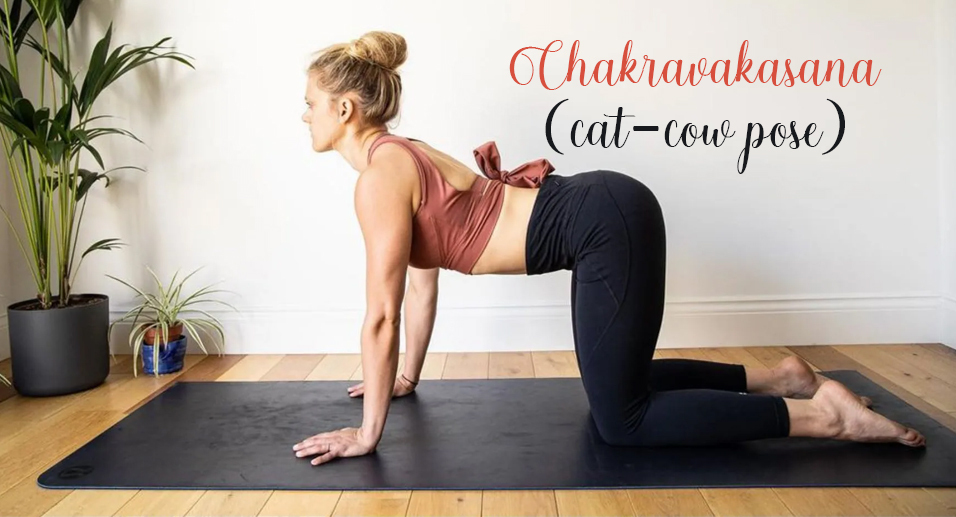
Yoga’s Role in Student Life: A Powerful Tool to Reduce Stress and Anxiety
A lot of students are nowadays leading challenging lives as a result of the complicated requirements of their academic work, social connections, and personal development. While pursuing academic success is desirable, it frequently results in a heavy workload, rushed time constraints, and fierce competition, which greatly increases student stress.
The mental burden of being expected to perform well academically is often increased by self-imposed aspirations and a fear of failing. Additionally, social dynamics and extracurricular events provide an additional layer of complication to the student life, which goes beyond the classroom.
Maintaining a healthy balance between social obligations, personal growth, and the drive to achieve can be difficult and lead to chronic stress. Eliminating stress from students’ life is essential for both their long-term advancement in both their professional and personal lives as well as for their current overall-being.
In the midst of all of this, yoga for students is growing as a potential tool to properly handle the stress that frequently comes along with personal and academic obstacles. With a focus on physical poses, breathing techniques, meditation, and mindfulness, it takes an all-encompassing approach to wellbeing that tackles both the physical and emotional effects of stress. It gives pupils a secure place to escape the stresses of everyday life, promoting personal care and introspection.
Yoga Poses for Students:
Students who want to reduce stress, sharpen their attention, and generally feel better might benefit greatly from the many positions offered by yoga. Listed below are some of the yoga for students that they might think about including into their routines:
- The Mountain Pose (Taadasana), a simple and effortless standing position, assists with attention, balance, & posture.
- The Child’s Pose (Baalasana), which is a reclining position, relaxes the body and mind while gently stretching the lumbar region, hips, as well as thighs.
- Downward-Facing Dog (Adho Mukhaa Svaanasana) is a posture that extends every muscle in the body, simultaneously energising the mind, improving the supply of blood to the brain, and releasing stiffness in the shoulders along with spine.
- The Tree Pose (Vrikshaasana) enhances steadiness and focus. It’s an excellent method for developing concentration and clarity of thought.
- Seated Forward Bending Pose (Paschimotanasana), a sitting flex, relaxes the back, hamstrings, alongside calves while calming the central nervous system and fostering peace.
- Standing stance known as Warrior II (Veerabhadrasana II) makes pupils feel composed and tough while also motivating and self-assured. Additionally, it promotes focused attention and regular the process of breathing.
- Students can totally release all physical and emotional tension in the soothing Corpse Pose (Shavasana).
- By gently curving and arching the back, the Cat-Cow Pose (Marjaryasana-Bitilasana) assists soothe up the spine, reduce tension, and increase flexibility.
- Breath Awareness (Pranayama) is a vital exercise. Students may learn to manage the way they breathe, quiet their brains, and lessen tension by practicing profound, controlled breathing exercises like Alternate Nostril Breathing.
- Students may gain a lot from using Meditation as they become less anxious, more focused, and generally feel better.
Benefits of Yoga Asanas for Students:
Asanas have a variety of advantages for practitioners that can enhance their physical, emotional, and mental well-being. The benefits of yoga for students can be numerous:
- They assist strengthen mobility, coordination, and balance. Practicing regularly can improve general well-being, which is advantageous for engaging in sports or other physical endeavors.
- Academic difficulties and other stressors are common for students. By means of regulated breathing and attentive movement, asanas encourage relaxation, which lowers levels of tension and anxiety.
- Regular asana practice demands mental focus and attention. This results in better concentration for academic work as well as additional tasks, which improves a student’s capacity for knowledge retention and academic performance.
- Bad posture can result from sitting for extended amounts of time while studying. The emphasis on body consciousness and alignment during asanas helps students form greater postural habits.
- They improve energy levels by stimulating the circulation of blood and oxygenating the body. This might be especially useful when you have a hectic schedule or lengthy study sessions.
- Students who perform yoga might notice a greater amount of sleep, which is essential for memory retention and general well-being.
- Numerous positions strengthen the back and core, which help reduce back discomfort brought on by prolonged sitting and studying.
- The breathing exercises increase lung capacity along with respiratory effectiveness. This may improve the body’s and brain’s overall oxygenation, supporting mental performance.
- They teach pupils on stress management methods that may be used in daily activities. Efficient stress management is a crucial life skill.
- A significant aspect of this practice is mindfulness. It promotes self-awareness, emotional control, and a deeper engagement with one’s own emotions and thoughts by encouraging pupils to remain in the present.
- They encourage pupils to have an optimistic view of their bodies by promoting confidence and body awareness. Students are also urged to make investments in their well-being and priorities self-care.
- Group sessions can aid students in developing social ties, lowering feelings of loneliness, and building a feeling of belonging.
- Yoga needs preparation and time planning to fit into a hectic schedule. This ability may turn into more accurate administration of time for academic and extracurricular activities.
- They help children develop mental strength and the capacity to deal with failures by teaching them how to deal with difficulties in a calm, regulated manner.
Yogic Lifestyle Tips for Exam Days:
Here are some quick tips for students, especially crafted for examination days:
- Awake early in the morning and go to bed early. Make sure you get your appropriate amount of sleep each day, which is between six and eight hours.
- Particularly during examinations, consume healthful meals. A Sattvic diet can prove very advantageous. Avoid overeating since it makes you sluggish. Stay away from fried, quick, and spicy meals. Choose meals prepared at home. Add dry fruits in your regular routine as well.
- Obtain adequate liquids. Bring your own water when taking exams.
- Practice and avail benefits of yoga for students to maintain balance between the mind, body, and soul.
- Take some time off from social media.
- Allow some spare time for recreational activities.
Conclusion:
Yoga for students may give them the ability to manage stress, improve general wellbeing, and strike a better balance between their academic goals and personal happiness.









